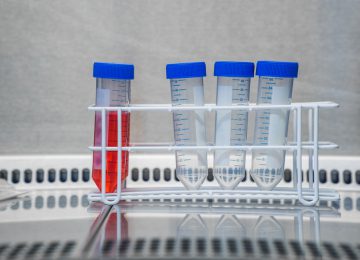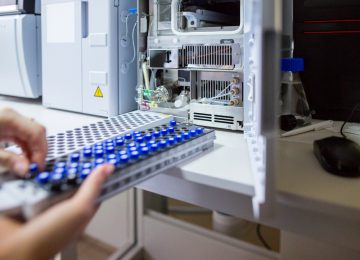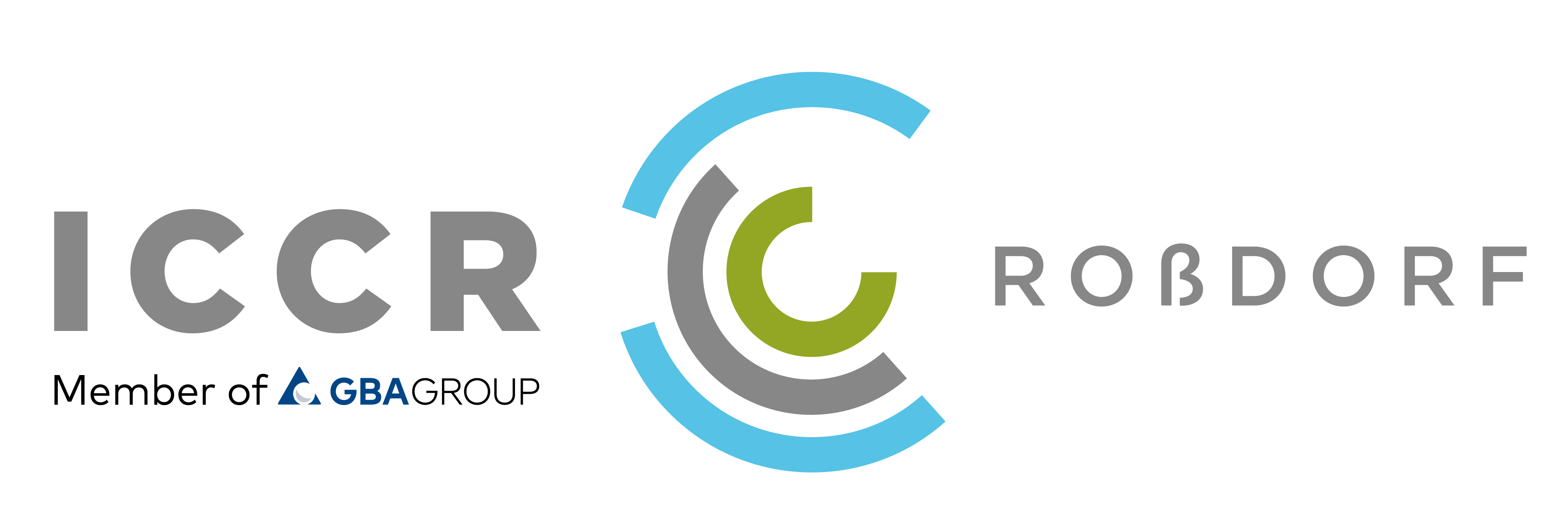

There are increasing numbers of allergies in the population
Skin sensitisation is a complex process in several steps, described by an Adverse Outcome Pathway (AOP). After the penetration of the skin, the AOP is divided into several so-called Key Events:
- Reaction of a substance with components in the skin (proteins and cells) under the formation of substance-molecule complexes
- Absorption and conversion of the substance-molecule complexes by dendritic cells (DCs) and the maturing of DCs
- Activation of T cells through interaction with mature DCs
Over the last few years, several new alternative test methods for the assessment of potential for sensitisation by chemicals were developed and published in the OECD test guidelines 442C/D/E. We offer you a test package that covers 3 Key Events:
- The Direct Peptide Reactivity Assay (DPRA) and the Amino Acid Derivative Reactivity Assay (ADRA) address the covalent binding of a chemical to proteins
- The ARE-Nrf2-Luciferase test method (LuSens) measures the activation of keratinocytes
- The human Cell Line Activation Test (h-CLAT) and the U-SENS™ Assay examine the activation of dendritic cells
The potential for sensitisation can be determined from the results of these tests, but unfortunately the so-called Applicability Domains of the tests may limit the testing of chemicals with certain physico-chemical properties.
If the in chemico or in vitro methods cannot be performed, then we offer you the Local Lymph Node Assay (LLNA) instead. This test assesses the proliferation of T cells in lymph nodes in mice after dermal application. The LLNA produces reliable quantitative data that can be used for a dose-response assessment. Also, a threshold value can be determined for a proper risk assessment.
Our test methods
| Direct Peptide Reactivity Assay (DPRA) | OECD 442C (Appendix I) |
| Amino Acid Derivative Reactivity Assay (ADRA) | OECD 442C (Appendix II) |
| The ARE-Nrf2 luciferase LuSens test method (LuSens) | OECD 442D (Appendix IB) |
| Human Cell Line Activation test (h-CLAT) | OECD 442E (Annex I) |
| U-SENS™ Assay | OECD 442E (Annex II) |
| Local Lymph Node Assay, pooled approach | OECD 429 |
| Local Lymph Node Assay, individual approach | OECD 429 / OPPTS |
| Local Lymph Node Assay, reduced approach (individual or pooled) | OECD 429 / OPPTS |
| Local Lymph Node Assay according to ISO-10993 Standard Part 10 | ISO 10993 – 10 |
| Local Lymph Node Assay according to ASTM Standard F2148-07 | ASTM F2148-07 |
